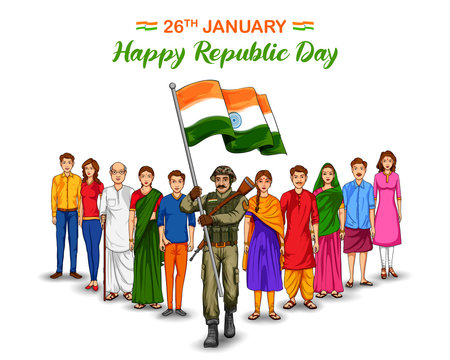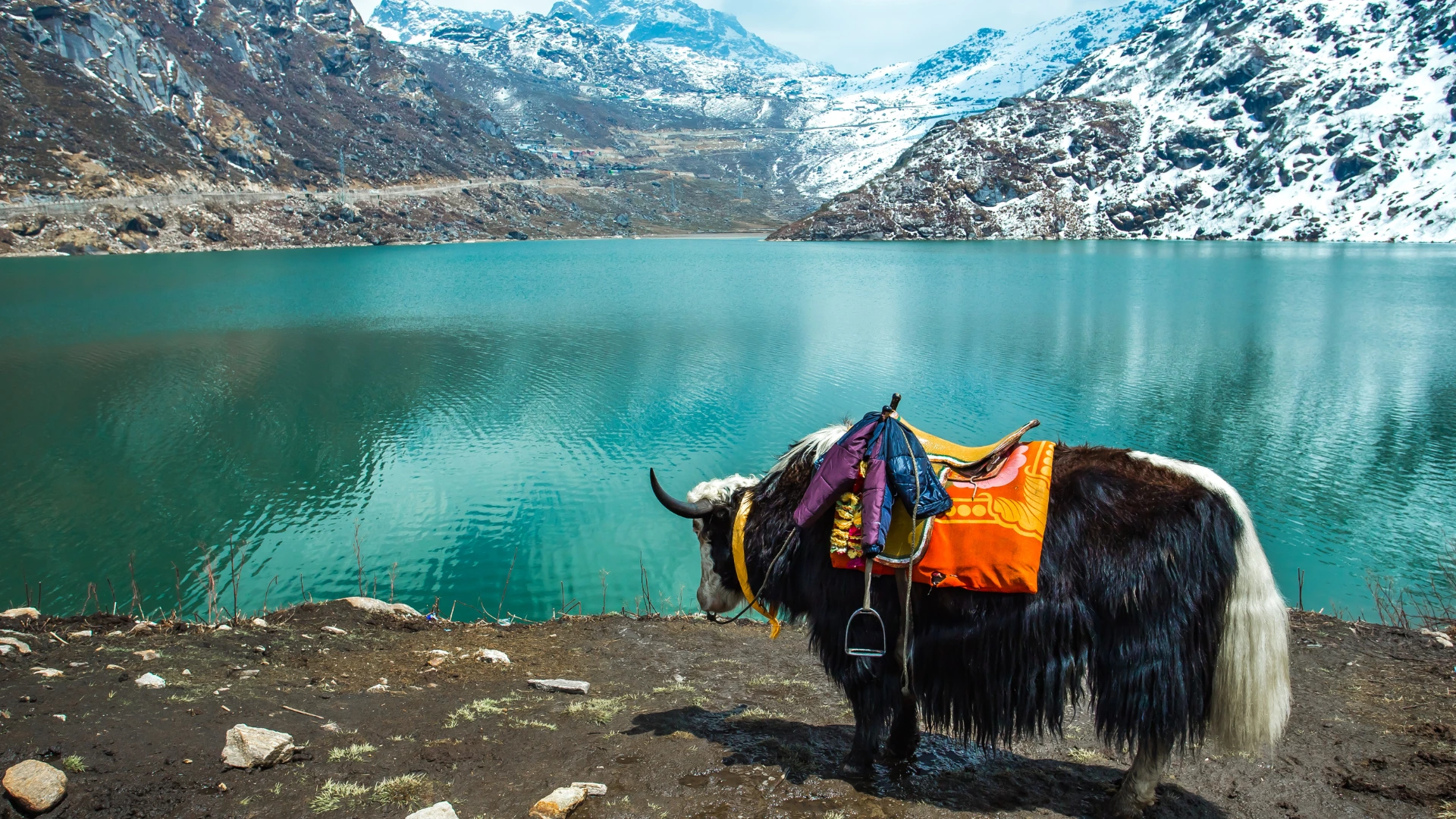Why Prime Minister of India Does not unfurls the flag on Republic Day?
The President of India is the chief guest of the Republic Day parade and is responsible for unfurling the national flag. The President, as the first citizen of India, is the ceremonial head of the state and it is his/her duty to hoist the flag on this national holiday. The Prime Minister, on the other hand, is the head of the government and the executive branch of the state. He is responsible for the administration and governance of the country, and his role on Republic Day is mainly to participate in the parade and review the parade from a special platform.
What is the difference in Unfurling the Flag and Hoisting the Flag?
Hoisting refers to the act of physically raising the flag up a flagpole or mast. This is typically done using a halyard, which is a rope or cable used to hoist the flag. The flag is usually attached to the halyard at the bottom and pulled up to the top of the flagpole.
Unfurling, on the other hand, refers to the process of releasing a flag from its folded or rolled state and allowing it to fly freely. This is typically done by attaching the flag to the halyard at the top and pulling it down to the bottom of the flagpole. The flag then opens and “unfurls” in the breeze.
In summary, Hoisting is the act of raising the flag and unfurling is the act of releasing the flag to its full size. While hoisting is done physically, unfurling is the physical process of releasing the flag.
- The adoption of the Indian Constitution in 1950.
- Republic Day in India is celebrated on January 26th every year to commemorate The day is a national holiday in India.
- The main celebration takes place in the capital city of New Delhi, where a grand parade is held at Rajpath.
- The parade showcases India’s cultural and ethnic diversity, as well as its military might.
- The President of India traditionally hoists the national flag, the Tricolor, and the national anthem is played.
- The parade ends with a display of floats representing different states and cultural groups of India.
- The celebration of Republic Day is an opportunity for the citizens of India to showcase their national pride.
- India got its independence from the British rule on 15th August 1947, but the Constitution was adopted on 26th January 1950, So, this day is celebrated as Republic Day.
- The main theme of the parade is usually based on national issues or events of national importance.
- Many people also participate in patriotic songs, dances, and other cultural programs to celebrate the day.

Republic Day in India is celebrated on January 26th every year to commemorate the adoption of the Indian Constitution in 1950. The Constitution of India was adopted by the Constituent Assembly on 26th January 1950, which came into effect on the same day, making India a republic. The Constitution of India lays down the framework of the government and the rights and duties of the citizens of India.

The day is a national holiday in India. All government offices, schools, and colleges are closed on this day and people enjoy a day off with their family and friends. People also participate in patriotic celebrations and events organized in their local communities.

The main celebration takes place in the capital city of New Delhi, where a grand parade is held at Rajpath. The parade starts from the Rashtrapati Bhavan and proceeds towards the India Gate. It is attended by dignitaries from all over the world and is watched by a large number of people. The parade is a display of India’s military and cultural heritage, and features a variety of floats and performances.

The parade showcases India’s cultural and ethnic diversity, as well as its military might. Different cultural and ethnic groups of India participate in the parade and display their traditional attire, dance, and music. The parade also includes a display of military tanks, missiles, and other armaments. This showcases the strength and might of India’s armed forces and also highlights the country’s cultural diversity.

The President of India traditionally hoists the national flag, the Tricolor, and the national anthem is played. The national flag is hoisted by the President at the Red Fort, and the national anthem is played by the military band. This symbolizes the unity and integrity of the nation and is a moment of pride for all citizens of India.
Some more about Republic Day...
The parade ends with a display of floats representing different states and cultural groups of India. Each state in India has its own float that is designed to showcase the state’s culture, tradition, and heritage. These floats reflect the diversity of India’s culture and are an opportunity for people to learn about the different states and their traditions.
The celebration of Republic Day is an opportunity for the citizens of India to showcase their national pride. People participate in patriotic songs, dances, and other cultural programs to celebrate the day and express their love for their country. The day is celebrated with great fervor and enthusiasm across the country.
India got its independence from the British rule on 15th August 1947, but the Constitution was adopted on 26th January 1950, So, this day is celebrated as Republic Day. The Constitution of India was adopted after a long and difficult process, making India a republic and replacing the Government of India Act 1935. This marks the formal establishment of India as a sovereign republic.
The main theme of the parade is usually based on national issues or events of national importance. The parade is an opportunity for the government to showcase its achievements and focus on important national issues such as education, healthcare, and the environment. This is also a way for government to connect with citizens and create awareness about these issues.
Many people also participate in patriotic songs, dances, and other cultural programs to celebrate the day. Communities across the country organize cultural programs and competitions to mark the occasion. These programs are an opportunity for people to come together and celebrate the spirit of unity and diversity of India. These events also showcase the artistic and cultural talents of the citizens.









